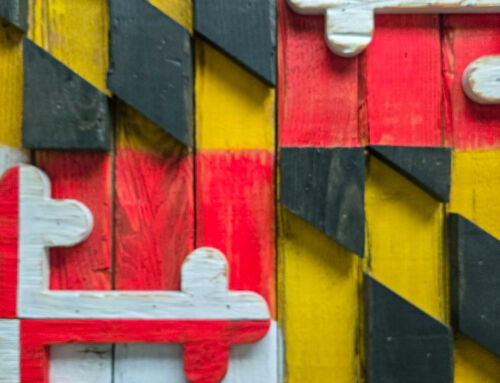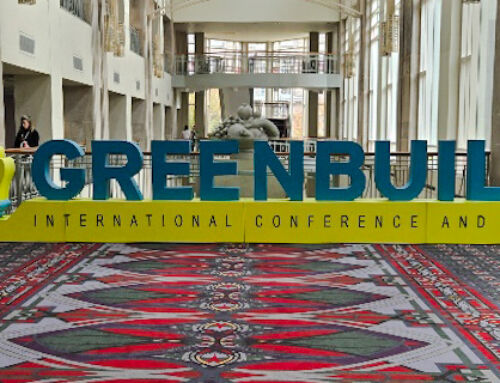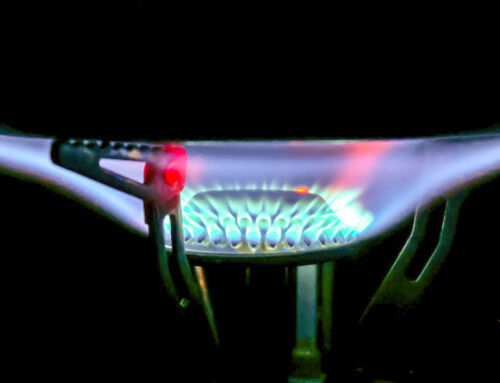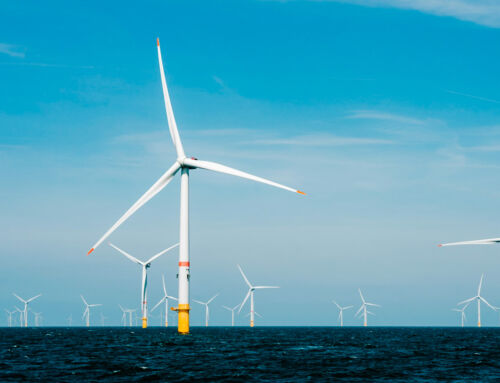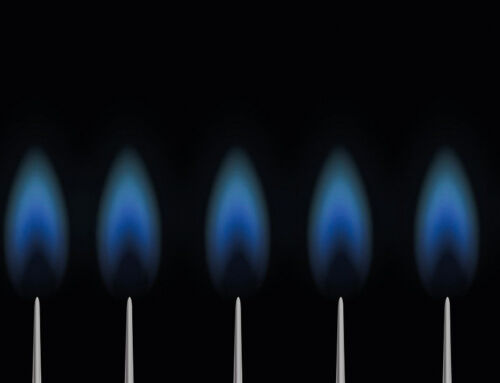View by Topic
Recent Articles
-
Maryland Government is Coming for Your Fossil Fuel Appliances – AgainSaturday, November 23rd, 2024
-
29 Billion Square Feet of LEED Certified Space and CountingSaturday, November 16th, 2024
-
Voters Save Gas Stoves from Government Ban Portending More ..Saturday, November 9th, 2024
-
Ocean City and Others File Lawsuit to Reverse Offshore Wind ApprovalThursday, October 31st, 2024
-
Lawsuit Challenges D.C. Gas Appliance Ban and Net Zero Building CodeSaturday, October 26th, 2024
View by Month/Year
“Green Building Law Update” Headlines
Recent Articles & News from
Stuart Kaplow’s blog
at GreenBuildingLawUpdate.com
- Maryland’s War on Fossil Fuel Appliances: Criminalizing Plumbers? November 24, 2024
- Transforming the Built Environment: LEED Green Building Hits 29 Billion Square Feet November 17, 2024
- Gas Stoves Saved: Washington Voters Reject All Electric Building Mandates November 10, 2024
- Maryland Offshore Wind Project Faces Legal Storm from Coastal Communities November 3, 2024
Subscribe to the Green Building Law Update!
Stuart Kaplow brings his expertise and extensive experience to the table with his unique digital publication, "Green Building Law Update". Subscribers receive regular updates to keep them informed about important issues surrounding Environmental Law, Green Building & Real Estate Law, as well as the emerging demand for Environmental Social Governance (ESG).
Get fresh content through the lense of Stuart Kaplow's cutting-edge expertise, innovative commentary and insider perspective. Don't miss another issue! Subscribe below.
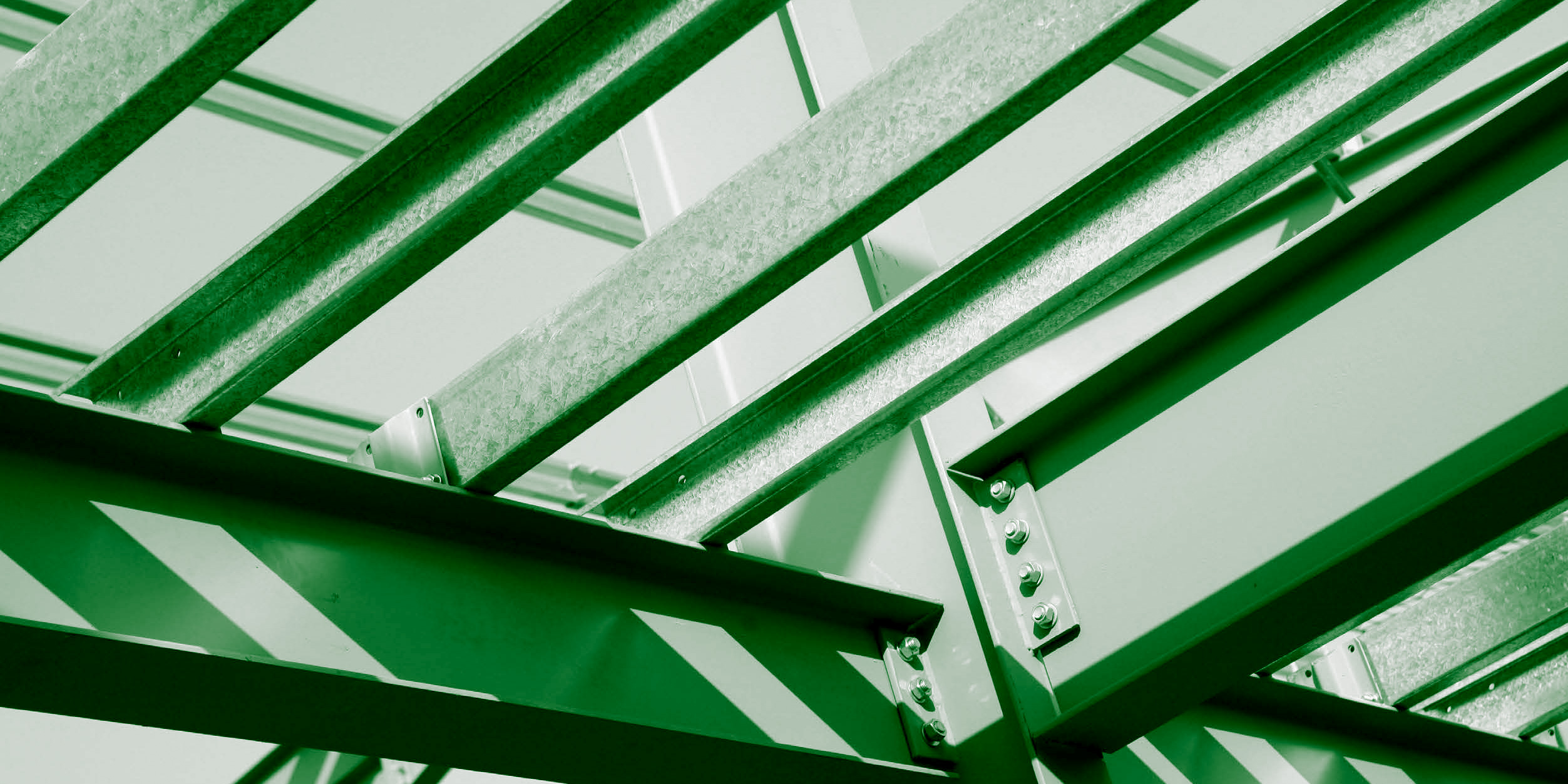
Green Globes to be Approved in Maryland
Last week the Maryland Green Building Council voted unanimously to recommend that Green Globes, at the two Green Globes level, be approved by the Maryland Secretaries of Budget and Management and General Services as a “high performance building” as defined in Maryland law.
The vote is being widely heralded as a significant step forward in expanding green building in the State and across the country.
Vicki Worden, President and CEO of the Green Building Initiative, said,
GBI has been active in Maryland since Green Globes was first introduced in the United States in 2004. The more recognition Green Globes is afforded, the more our credible, practical and cost-effective tools can help expand the green building pie. We are appreciative of the many dedicated volunteers on the Maryland Green Building Council that have reviewed Green Globes and others that have used Green Globes over the years and recognize its ability to contribute to improving the built environment in Maryland.
There are already 48 Green Globes certified buildings in Maryland. And in combination with GBI’s Guiding Principles Compliance program, which is used by federal agencies, GBI has certified a total of 85 buildings in Maryland.
The action taken last Wednesday was by the Maryland Green Building Council, a governmental body (not to be confused with a U.S. Green Building Council chapter) established by an act of the legislature in 2007, replacing the prior Council of the same name created by Executive Order in 2001. The Green Building Council’s portfolio is dramatic in that it directly impacts not only much of the construction funded by the State’s capital budget and indirectly a great deal of private sector building in a state with among the most green building in the nation.
The current law, in State Finance and Procurement, § 3-602.1, provides “in this section”
(2) “High performance building” means a building that:
(i) meets or exceeds the current version of the U.S. Green Building Council’s LEED (Leadership in Energy and Environmental Design) Green Building Rating System Silver rating;
(ii) achieves at least a comparable numeric rating according to a nationally recognized, accepted, and appropriate numeric sustainable development rating system, guideline, or standard approved by the Secretaries of Budget and Management and General Services; or
(iii) complies with a nationally recognized and accepted green building code, guideline, or standard reviewed and recommended by the Maryland Green Building Council and approved by the Secretaries of Budget and Management and General Services.
The vote last Wednesday, in accordance with that subsection (iii), the Maryland Green Building Council having reviewed the Green Building Initiative, Green Globes green building rating system, which is a nationally recognized and accepted green building code, guideline, or standard; recommended that Green Globes, at the two Green Globes level, be approved by the Secretaries of Budget and Management and General Services as a “high performance building” as defined in State Finance and Procurement § 3-602.1.
Additionally, the panel expressly recommended that for private sector Maryland rehabilitation tax credits, as provided for in in State Finance and Procurement § 5A-303, three Green Globes be determined as comparable to LEED gold as achieving
.. at least a comparable numeric rating according to a nationally recognized, accepted, and appropriate numeric sustainable development rating system, guideline, or standard approved by the Secretaries of Budget and Management and General Services under § 3-602.1 of this article.
Moreover, private building will be greatly advantaged by this action for the purposes of expanding buildings eligible for property tax credits. State Tax Property § 9-242 has its own definition, “in this section, ‘high performance building’ means a building that:”
(i) achieves at least a silver rating according to the U.S. Green Building Council’s LEED (Leadership in Energy and Environmental Design) green building rating system as adopted by the Maryland Green Building Council;
(ii) is a residential building that achieves at least a silver rating according to the International Code Council’s 700 National Green Building Standards;
(iii) achieves at least a comparable rating according to any other appropriate rating system; or
(iv) meets comparable green building guidelines or standards approved by the State.
Local governments will now be able to grant a tax credit against the property tax imposed on a high performance building that will include a building that achieves at least a two Green Globes rating.
Maryland state law has not less than five different definitions (and at least four local governments have their own definition) of high performance building and at least one is not impacted by this action. For example, the Public Safety § 12-509 definition of a high performance home will remain,
a new residential structure that meets or exceeds the current version of: (1) the Silver rating of the International Code Council’s 700 National Green Building Standards; or (2) the Silver rating of the U.S. Green Building Council’s LEED (Leadership in Energy and Environmental Design) for Homes Rating System.
In some instances, including for private sector buildings to obtain a tax credit, state law requires building “achieves at least a silver rating,” that is, actually be certified by GBCI. But for the purposes of public sector building, the requirement is only that the building “meets or exceeds the current version of” LEED Silver and third party certification is not required.
It is expected that several local governments will revise their definitions to mirror this state action, including jurisdictions that have mandatory private sector green building laws.
It should not be forgotten that at an earlier time, the definition of high performance in Maryland did include a “two Globe rating according to the Green Globes program as adopted by the Green Building Initiative” (see, 2005, Chapter Law 459).
This Maryland Green Building Council action is substantially the same as when Maryland approved the use of the IgCC 2012 for state funded building, but that adoption so altered and amended the green code such that no project has ever used it. It is anticipated this recommendation will become final in the coming days.
This is an exciting expansion of green building. As project developers grapple with the new LEED v4, in Maryland for state buildings and for many privately owned projects in this State with so much green building, there will be an alternative for building green.
And maybe most important, there are 49 states with GBI certified buildings today, this type of government action will result in more green building everywhere.
I would be remiss if I did not make you aware that Maryland Governor Larry Hogan recently appointed me to the Maryland Green Building Council and I was pleased to participate in the vote last week.





